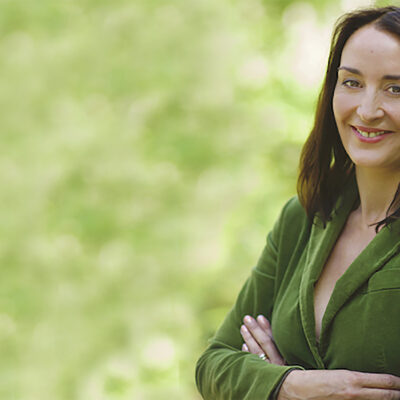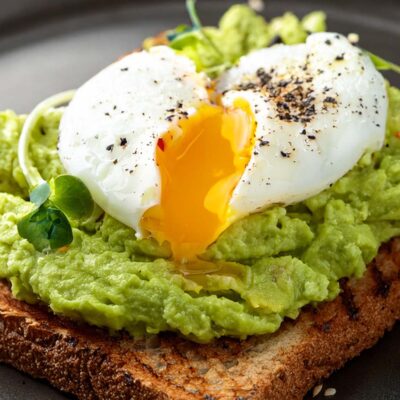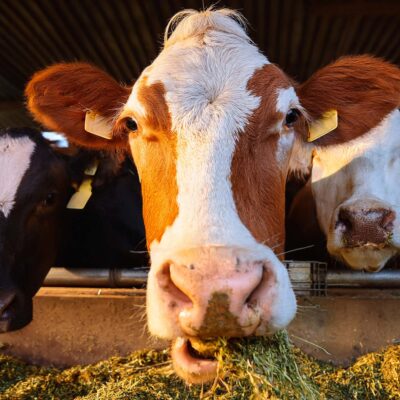Jane Howard readies the Coopers Farm cows and bees for the onset of winter
November is the time for tidying up the farm, fixing the problems and sorting the stock. And that includes the bees.
At the heart of the summer there are up to 50,000 bees in a colony, almost all are female worker bees, one queen and a few dozen males called drones. This is max population, created to take advantage of all the flowers, collect nectar and make the honey which is then stored in the hive to see them through the winter.
A busy summer bee will live for about six weeks, so the queen is in full production mode laying up to 2,000 eggs a day, but as autumn approaches she slows right down and the number of bees in the colony drops to about 10,000. These will live all winter eating the honey and, most importantly, feeding the queen so she can start to lay again in the New Year and build those numbers up. However, that means the boys, the drones, are redundant and rather unceremoniously the girls just turf them out to meet an uncertain (not very!) end.
Apart from what the bees are doing, to prep them for the cold months ahead, there are a few things I need to do. I took about twenty jars of honey from each hive in the spring and again in the summer so I need to make sure they have at least 30 pounds left for themselves.
This should be plenty if the winter is cold, but if we get a warm winter then rather than being tucked up at home the bees will be out and about and will need more food – so I will check them again around Christmas.
I took about twenty jars of honey from each hive in the spring and again in the summer so I need to make sure they have at least 30 pounds left for themselves
Your average mouse considering his winter lodgings might also want to hunker down in a nice warm hive full of honey so I have to put metal mouseguards with bee-size holes across the entrance to stop them. And finally I cut up plastic feed sacks to make flappy fringes that I pin round the outside to deter woodpeckers who have the same intentions as the mice!
As far as the cattle are concerned this is also the time of year for a sort out. The cattle, born in ’23 have spent the summer grazing and growing, so now is the time to decide what to do with them. Last autumn we picked out the best male calves and they will get their own living quarters (adolescent males being only interested in one thing) where they will get fed and primed ready for the Sussex Society spring sale next March. By then they will be two and ready to go to ‘work’ on another farm. The best females, known as maiden heifers at this stage in their lives, will overwinter on more meagre rations and then ‘see the bull’ next spring to have their first calf at three.
That leaves the steers and the heifers who aren’t good enough to breed from. These are ‘store cattle’, i.e. well-grown but not fat, and will be sold at Hailsham in a store market where ‘finishers’ will buy them to fatten for the butcher. Interestingly many store cattle bred on livestock farms in the South East get bought by big arable farmers in East Anglia. They have plenty of straw and barley to keep and fatten the cattle but what they really want is a barn full of manure at the end of the winter to spread on their arable fields. It’s true, where there’s muck there’s brass and it’s not called Black Gold for nothing.
You may also like
20 mind tricks to get you moving
Sarah Maxwell shares her guide to upping your exercise motivation Ever planned to exercise after a quick coffee, a few emails, and sorting the cutlery drawer, only to find it’s dark outside and too late for a workout? You promise...
Small changes big results
Nutrition & Lifestyle Coach Charlotte Lauexplores the benefits of eating a protein rich breakfast As the mornings turn crisp and the light shifts, it’s natural to feel a little slower to rise. But one small adjustment to your morning routine...
Farm Fables
Jane tots up this winter’s feed bills as she preps Coopers Farm for the cooler months Winter is on its way and we’re getting prepared. The barns are now full of winter forage (summer grass cut and preserved for food)...






